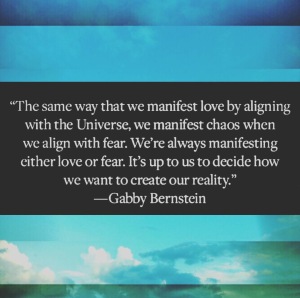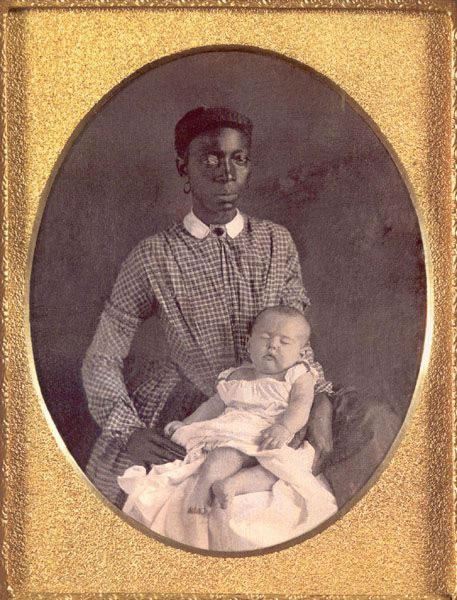I know we’ve added many names to THE list in the year that has passed since Sandra Bland did… but I ain’t been right since hers was added. And I ain’t been blogging neither, so I’m gonna start back there although there is so much fresh heartbreak to explore. Please don’t assume that the others didn’t get to me. That I didn’t feel a punch in the gut when Trayvon went down, when Zimmerman went free, when the music stopped for Jordan, when Eric couldn’t breathe, a wrench in my heart when Tamir was ambushed while playing in the park, when Freddie’s spine was severed on the “joy” ride, when no on was held accountable, when Alton was pinned and gunned down, or when Diamond’s little girl witnessed that horror from just a few feet away in the backseat- just to name a few. I did feel it. I do.
But Sandra Bland, man. Sandra Bland was me. And I ain’t been right since. Sandra Bland was me, not only in the universal sense that because separation is an illusion and everyone is me and I am everyone, but because in the most practical, earthly, human, american way Sandra Bland was me.

I love to drive. Which is great because I drive a LOT for work. I love to drive fast. And safely. Those things, too, are not mutually exclusive. I am not reckless, I just like a little speed. I like forward motion. I like advancing toward a goal. My dosha is clearly Pitta and once I have direction, I am off. 0-60 in no time flat. That’s my approach in all things really for better or worse. The way you do one thing is the way you do everything. As a baby I ran first, then walked, then checked out the crawling thing. I was born this way. It’s my baseline. Various life lessons and my kundalini yoga practice have taught me the art and joys of savoring, of taking time, of being still… but still, I love to GO.
My anger has been tempered through these practices and experiences, too. But, seeing as I am human and anger is a natural emotion inherently woven throughout the human experience, I still get angry. And sometimes it happens quickly. Especially in the face of perceived injustice. In that intersection between speed and anger is exactly where Sandra Bland and I are one.
I have been pulled over. It seems to happen in spurts with me. Thank God there usually are long intervals in between. When I was a new driver I got pulled over a few times. In the suburbs. I always smiled sweetly and played dumb and drove away with a warning. Maybe I really was dumb, not playing at anything, because I had no fear in those situations aside from “I hope I don’t get a ticket” and “I hope my parents don’t find out.” That was some kind of biracial white privilege induced ignorance, I guess. Or maybe it was the era. In the mid-late 90s we didn’t have cell phones at the ready, social media, incessant news reels. There were no images in my mind of police brutality. None that seemed extremely relevant anyway. Rodney King seemed like a terrible one off. I’d seen black and white pictures from the 60s, heard my mother’s stories about the dogs being unleashed on the black people and any “uncolored” supporters, but as far as I knew that was then and this was now and we were living in a world where a black and a white person made me… and I was having a pretty good life so…
Fast forward to my next set of traffic stops. Four years ago. So much hadn’t happened yet, so I was more upset by being made late to work and any fines that would be incurred than I was afraid for my life…but I was angrier. I’d had more experiences in the real world. I knew my “place” in the minds of the general white public and I was easily angered by the slightest whiff of prejudice, racism, or arrogance of any kind. Full of self-righteous indignation. And one of those traffic stops in particular reeked of all of that. But I’m pretty smart, and I needed to get to my appointment, so I kept my cool, took the uncalled for amount violations, points on my license, and the fines and I kept on going.
But what if I hadn’t? What if I had questioned why I was getting three tickets for a seemingly minor offense that was innocently fueled by a navigation system that kept changing it’s mind and suddenly called on me to exit the highway immediately from the far left lane? What if I acknowledged what was really going on? What if I allowed my bad attitude to match the officer’s? What if I had “talked back”? Thank God I’ll never know, but all I can think is: Sandra Bland. Maybe that’s what would have happened. And maybe it would have taken my white dad too long to get from the middle of the country to the east coast to come in and humanize me and validate my right to decent treatment as he was called on to do when I was in the emergency room with a broken neck. And maybe I would be dead.
So, I ain’t been right since Sandra Bland because Sandra Bland was me. In the past year I have noticed that though I generally prefer to drive solo so I can chant mantras as loudly as I want and I don’t have to worry about making passengers uncomfortable with my confident driving (I live and drive in NYC for goodness sake, I have to be confident), I prefer to drive with white people in my car. Cuz like maybe if I get pulled over they can vouch for my character, or their presence will validate my existence, or… anything… whatever will save me from whatever might happen. Sometimes when I see police cars on the road, signs of physical distress manifest quickly. Three months ago I got pulled over for speeding. I was speeding. No need for self righteous indignation there. But the sheer terror I felt in anticipation of the experience as I was pulling onto the shoulder of the freeway…it’s as frightened as I can recall ever having been. The self-admonition I doled out when I realized I forgot to take off the bandana I was wearing to keep the frizz down til I got to work was harsh. I have since forgiven myself, even though I got a ticket and not a warning.
It’s been exactly one year since Sandra Bland. Looking around here I think, ain’t none of us been right since because look at how much is going wrong. But I know that isn’t true. That doesn’t feel true. That’s the hurt and anger and fear talking. And I hold space for all of that within myself, within us. And I hold space also for the love and peace that can be found when tending to the aftermath of a broken heart. A broken heart, is an open heart. As a collective, we are not encouraged to have open hearts. That takes courage and awareness. And people who are brave and awake aren’t so easily influenced or scared into buying things. #consumerism.
But here we are, a broken hearted nation. A nation who repeatedly has broken it’s own heart. And things have escalated to a point where more and more of us are unable to remain ignorant. Or silent. I’m hoping we can make the most of this opportunity to lean in and nurture our brokenness into openness into oneness.

Anne Lamott said: “Hope is not about proving anything. It’s about choosing to believe this one thing- that love is bigger than any grim, bleak shit anyone can throw at us.”

p.s. “i ain’t been right” is kind of a figure of speech. if there is such a thing as “(al)right”, i have been it all along 🙂













![17mixedirish3[1].r](https://mulattodiaries.com/wp-content/uploads/2013/03/17mixedirish31-r.jpg?w=368&h=246)







 This 1895 charicature is an unkind parody of a woman seeking to smooth out her hair. The comic strip suggests that her hair stood out on end because of a hair-raising novel.
This 1895 charicature is an unkind parody of a woman seeking to smooth out her hair. The comic strip suggests that her hair stood out on end because of a hair-raising novel.


 “Negro domestic servant, Atlanta, GA, May 1939.”
“Negro domestic servant, Atlanta, GA, May 1939.” 



